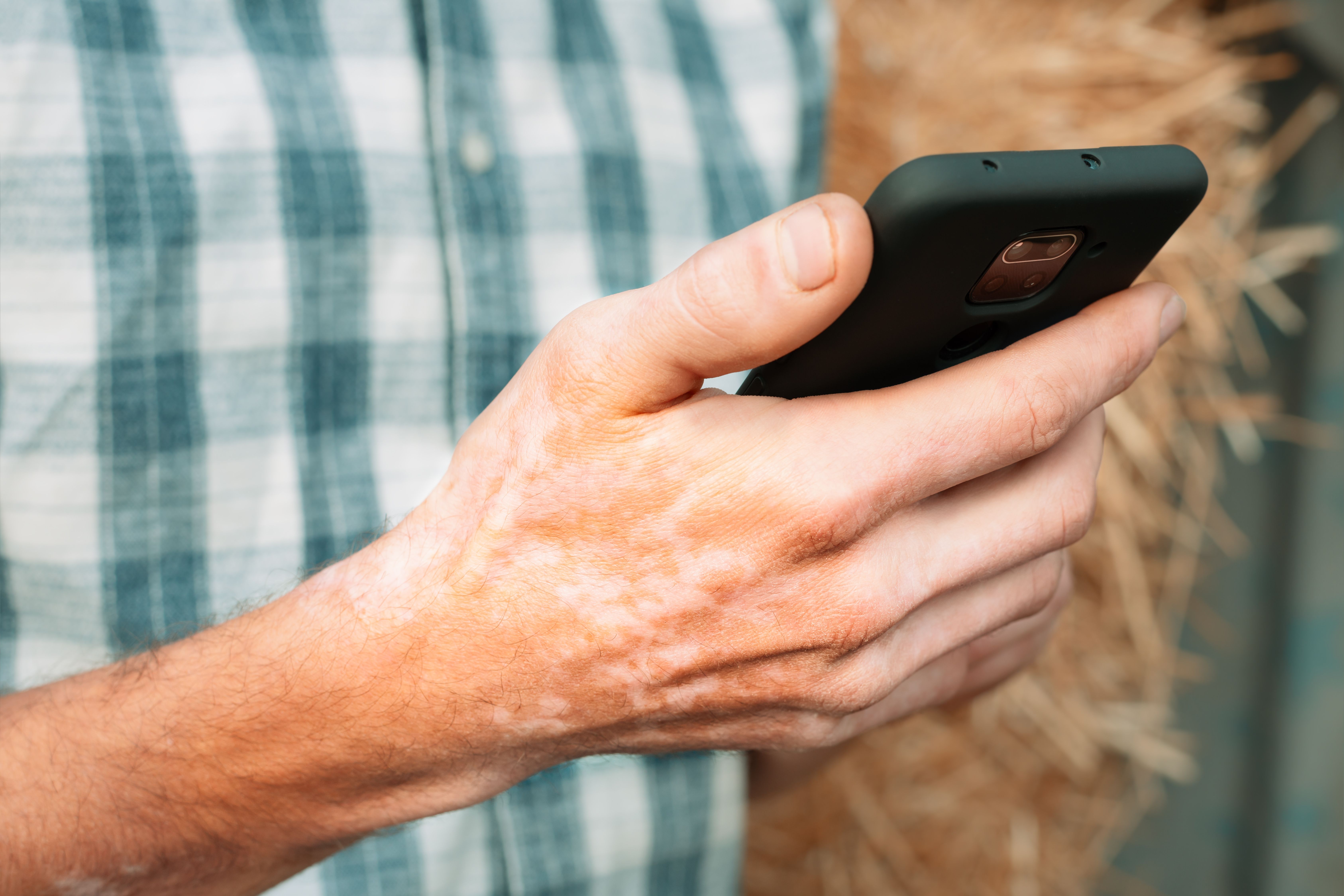- Case-Based Roundtable
- General Dermatology
- Eczema
- Chronic Hand Eczema
- Alopecia
- Aesthetics
- Vitiligo
- COVID-19
- Actinic Keratosis
- Precision Medicine and Biologics
- Rare Disease
- Wound Care
- Rosacea
- Psoriasis
- Psoriatic Arthritis
- Atopic Dermatitis
- Melasma
- NP and PA
- Skin Cancer
- Hidradenitis Suppurativa
- Drug Watch
- Pigmentary Disorders
- Acne
- Pediatric Dermatology
- Practice Management
- Prurigo Nodularis
- Buy-and-Bill
Article
Melanoma screening efforts most effective when aimed at high-risk patients
Although no large-scale studies support the utility of melanoma screening, an expert advises dermatologists to target high-risk patients to maximize the efficiency of screening efforts.

Key Points

"Massive screening does not make sense, but it does make sense to screen people every day as much as we can," says Veronique del Marmol, M.D., chair, department of dermatology, Free University of Brussels, and chairwoman of Euromelanoma, a pan-European skin cancer prevention campaign.
According to a recent review, evidence is lacking that skin examinations by primary care physicians (or skin self-examinations) reduce the mortality or morbidity of skin cancer (U.S. Preventive Services Task Force. Ann Intern Med. 2009;150(3):188-193). However, Dr. del Marmol says because the incidence of melanoma is less than 1 percent worldwide, it would take a study population of 800,000 patients to conduct an adequately powered study in this regard (Bigby M. Arch Dermatol. 2010;146(3):322-324. Review).
Drawing patients
Creative promotional efforts can help draw high-risk patients in for screening, Dr. del Marmol says. For example, she says that as a result of the Euromelanoma program, between 1996 and 2006, "In Belgium, we changed the public's knowledge about cancer." Belgians now are more likely to visit their dermatologist with questions about changing or suspicious moles and conduct skin self-examinations, she says.
Much of the program's success stems from targeting a specific goal in each year, such as reaching Belgian men over age 50 during the 2007 campaign, Dr. del Marmol says. With the help of Belgium's prime minister and humorous print advertisements featuring shirtless older men, the campaign succeeded in attracting a greater number of older males, she says.
Before the educational campaign, Dr. del Marmol says, women accounted for two-thirds of patients screened in Belgium, while people under age 20 made up more than 15 percent of those screened. Moreover, the largest age group screened in both genders was 30 to 39 years. To limit the number of children screened, the 2007 campaign implemented a call center in which employees were instructed to severely restrict the access of those under age 15.
As a result of such efforts, she says that in 2007, the ratio of males screened in Belgium (approximately 52 percent) finally outstripped the number of females screened. Similarly, the largest age group screened - 60 and over - made up about 40 percent of the 2007 screening population.
Although the 2007 effort drew a greater number of older males, Dr. del Marmol says, program data reveal that these men faced no higher risk of melanoma than did men screened in earlier years. "The risk level found in patients who came did not increase, but we did increase the number of men," and saving even a few additional lives is highly desirable.
Overall, "The more you reach people at risk, the more efficiently you can screen," Dr. del Marmol says. To this end, Euromelanoma continues to refine its outreach efforts. For example, Dr. del Marmol says she recommends targeting specific populations, such as policemen over age 50. This was the goal of a fall 2010 screening effort that Dr. del Marmol organized, using advertisements built around the popular TV show "CSI." Although policemen aren't at higher risk of developing or dying from melanoma than men with other occupations are, she says, males over age 50 generally face elevated risks.
"We must give people information about who is at risk, and do some events related to that, to raise awareness," she says.
Upping standards
Another Euromelanoma goal is to bring all 26 participating nations up to the standards of diagnosis and care that exist in most of western Europe, Dr. del Marmol says. At one extreme, she says that in Norway, the melanoma mortality rate is about one-fourth of the incidence rate (16 versus 3.9 cases per 100,000 patient-years, respectively).
Conversely, she says many eastern European nations - former socialist countries in particular - have alarmingly high mortality rates and relatively low rates of melanoma diagnosis. In Poland, for example, the mortality rate is two per 100,000 patient years, while the incidence rate is approximately 3.9 per 100,000 patient years. In several Eastern European nations, she says, average life expectancy of a patient diagnosed with melanoma is less than one year.
In countries such as the Ukraine, "There is no prevention at all," she says. Therapies used in former socialist nations lag far behind those available in more advanced nations, she says, as does physician education regarding melanoma.
"Even the dermatologists are not educated to screen," she says. "We don't have any proof that screening is helpful," but the experience of such countries suggests that screening can be effective, she says.
Disclosures: Dr. del Marmol reports no relevant financial interests.





